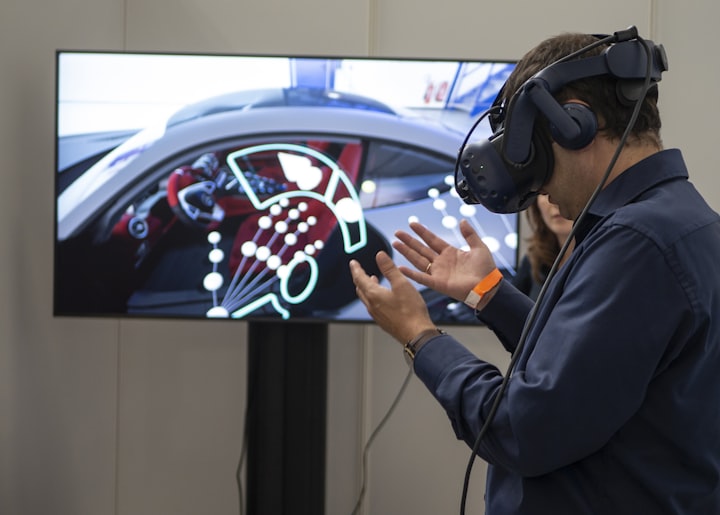Revolutionizing Product Engagement: How Augmented Reality Instruction Manuals are Changing the Game
Exploring the Benefits of Interactive, Visual and Personalized AR Instruction Manuals for Improved Product Understanding and Use
Introduction
Augmented reality (AR) technology is changing the way we interact with products and their instruction manuals. By overlaying digital information onto the physical world, AR instruction manuals offer a more engaging and interactive experience than traditional paper or digital manuals. This leads to superior product engagement, as users are more likely to understand and properly use the product.
Visual Aids
One of the key benefits of AR instruction manuals is the ability to provide visual aids. Instead of just reading about how to assemble or operate a product, users can see a virtual representation of the steps overlaid onto the physical product in front of them. This makes the instructions much easier to follow and understand, reducing the likelihood of mistakes or confusion.
Computer Vision
This technology is used in various industries, such as manufacturing, retail, and healthcare, to enhance the user experience and improve efficiency. In manufacturing, computer vision can be used to identify and track products as they move through the assembly process, ensuring that the correct components are used and reducing the risk of errors. In retail, computer vision can be used to enhance the in-store shopping experience by providing customers with information about products, such as prices and reviews, as they scan the product's barcode or QR code. In healthcare, computer vision can be used to identify and track medical equipment and supplies, ensuring that the correct items are used during procedures and reducing the risk of errors.
Computer vision also plays a crucial role in AR-based training and education. By identifying the objects in the physical environment, AR can provide users with relevant information and instructions, making the learning process more interactive and engaging.
Moreover, Computer vision technologies are used in AR-based remote assistance, it allows the technician to see and understand the problem, by identifying the objects and the physical space around it. This improves the efficiency and accuracy of the repair or maintenance process and reduces the need for on-site visits.
Personalization
AR instruction manuals also allow for a more personalized experience. Users can interact with the virtual representations of the product, such as rotating or zooming in on specific parts, to better understand how it works. Additionally, AR technology can be used to provide interactive troubleshooting guides, allowing users to quickly diagnose and fix problems with the product.
Updates and Customization
Another advantage of AR instruction manuals is that they can be easily updated and customized. If a product is updated or changed, the AR instructions can be updated accordingly, without the need to reprint or redistribute physical manuals. This also allows for different languages and regions to have their own specific instructions.
Accesibility
Another advantage of AR instruction manuals is that they can be accessed easily and anytime. Unlike traditional paper manuals, which can be lost or damaged, AR instructions can be accessed through a smartphone or tablet using an app. This allows users to access the instructions at any time, even if they are not at home or near the product. This is especially useful for products that are used infrequently or for tasks that are not performed on a regular basis.
Training and Education
Moreover, AR instruction manuals can also be used for training and education purposes. The interactive nature of AR allows for hands-on learning, which can be more effective than traditional methods. For example, in the case of complex machinery or equipment, AR instruction manuals can be used to provide virtual simulations of the equipment, allowing users to practice and learn how to operate it safely and correctly.
Feedback and Progress Tracking
Furthermore, AR instruction manuals can also be used to provide feedback and track progress. For example, an AR instruction manual can track the progress of a user through a task and provide feedback on their performance. This can be useful for both the user, who can see where they may have gone wrong and improve, as well as for the manufacturer, who can use the data to identify common issues and improve their products.
Conclusion
In conclusion, AR instruction manuals are a powerful tool for driving superior product engagement. They provide a more interactive, visual, and personalized experience, which makes it easier for users to understand and properly use a product. Additionally, they can be easily accessed, updated, and customized, making them a flexible and cost-effective solution for product instructions. They can also be used for training and education purposes, as well as tracking progress and providing feedback. As AR technology continues to advance, we can expect to see more and more products utilizing AR instruction manuals in the future.






Comments
There are no comments for this story
Be the first to respond and start the conversation.